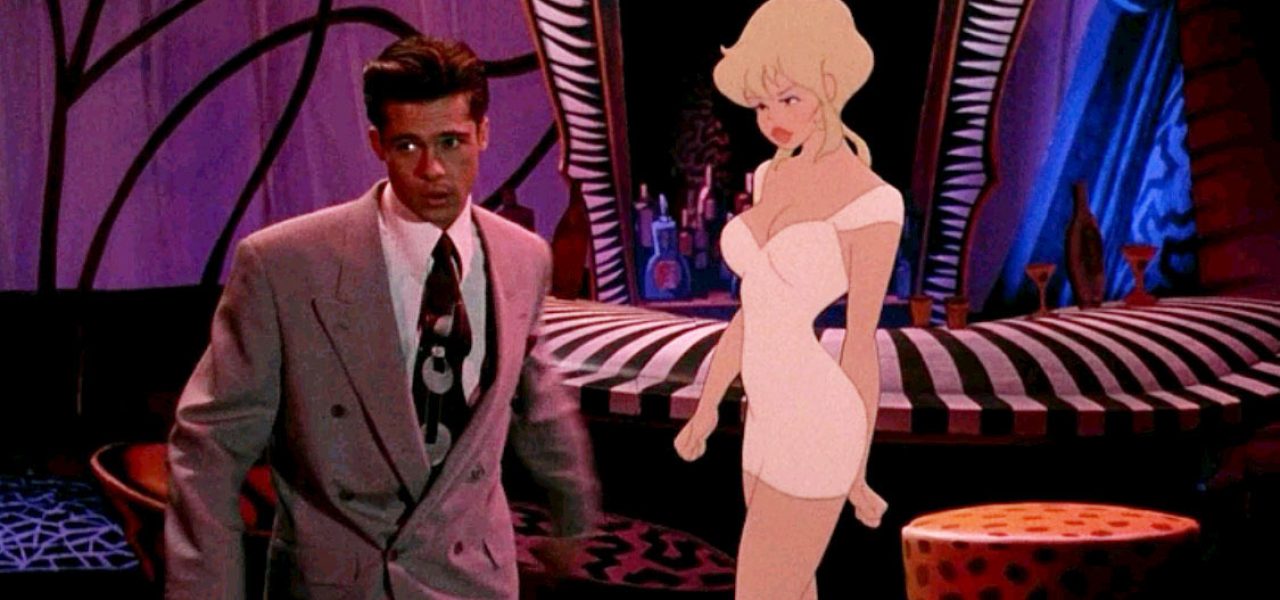
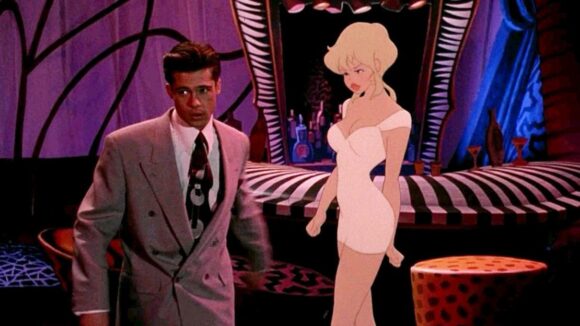
EXCLUSIVE: Ralph Bakshi Reflects On The 25th Anniversary Of ‘Cool World’
Twenty-five years ago this month, cartoon auteur Ralph Bakshi released his final feature, a live-action/animation hybrid called Cool World that seemed to be anything but.
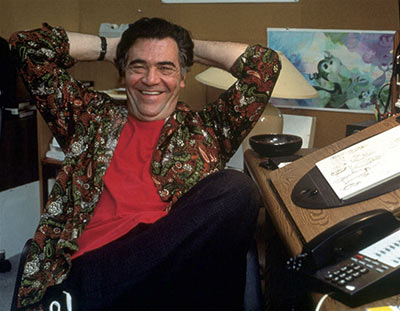
Plagued by production turmoil and harshly reviewed, Bakshi’s 1992 bow out of the big-screen animation business — which he evolved with transgressors like Fritz the Cat and Heavy Traffic, as well as mainstream influentials like American Pop and Lord of the Rings — was arguably more whimper than bang.
But time, as always, tells a different tale, as the clock ticks.
Animators that Bakshi mentored, even on Cool World, have transformed into Hollywood heavyweights in their own right, including one who recently released a corny blockbuster, The Boss Baby, co-starring Bakshi’s grandson, Miles. Filmmakers and fans, who weren’t even born in the ’70s and ’80s, when his charged fantasies like Wizards and Fire and Ice provided mature alternatives to Disney, are now packing screenings from Portland to Bakshi’s own New York.
“My mouth drops open,” a laughing Bakshi tells me by phone. “Now, I have all these kids who have just discovered my films calling me, and they all think I’m dead!”
Such a premature passing was similarly argued about Cool World, co-starring a young come-up named Brad Pitt, which seemed dead on arrival when it landed on screens in the wake of Who Framed Roger Rabbit. But like other Bakshi works, which wore their struggles and imperfections like badges of honor, Cool World remains an early, if imperfect, example of animation experimentation, whose rotoscoping anticipated the cgi revolution of the 21st century, much like its more accomplished predecessor, Lord of the Rings.
For these reasons, and more, its relevance has grown as these many years have passed, in a marketplace whose choices, but arguably not ambitions, have exponentially grown.
Cartoon Brew: Looking back from a newer, weirder century, what are your thoughts now on Cool World?
Ralph Bakshi: I have a few. First of all, over the years I may have acted certain ways about Cool World. But I think, in retrospect and after getting older, the thing that really happened, which I wasn’t prepared for and is not unusual, is that it wasn’t a Bakshi production. It was a Paramount picture, the first one I ever did. Even at Terrytoons, I was a creative director who pretty much had the run of things. I wasn’t used to people telling me what to do, which is what everyone else gets used to! [laughs]
So I couldn’t get the exact casting I wanted, and I got very frustrated by not being able to do what I always took for granted, by getting the freedom I had gotten. So it was a pretty bad experience for me, but then again I probably never should have sold a picture that way to a major company, because that’s what they all do. I mean, that’s how they operate. That’s their game, and everyone plays by it when they’re working for them. So, as a mature adult, I realize that my reaction to the film had to do with not understanding why no one was listening to the director. [laughs heavily]
Well, I mean, on the live-action end; on the animation end, I had a lot of fun with the guys. The cel animation was some of the best we’ve ever done. It was very slick stuff, a brilliant job by young animators, many of which went on to do great work at Pixar, Dreamworks, and others — including Tom McGrath, who directed The Boss Baby, which co-stars my grandson, Miles Bakshi. I’m very proud of that.
So on that level, I feel very good about Cool World, because I hired a lot of young guys out of CalArts. The animation was good, the guys were good, but story and casting were more due to Paramount, and I never really got over the shock of being told what to do. But that’s my fault, because that’s how studios work. I’ve been very lucky with the freedom I’ve had in the business.
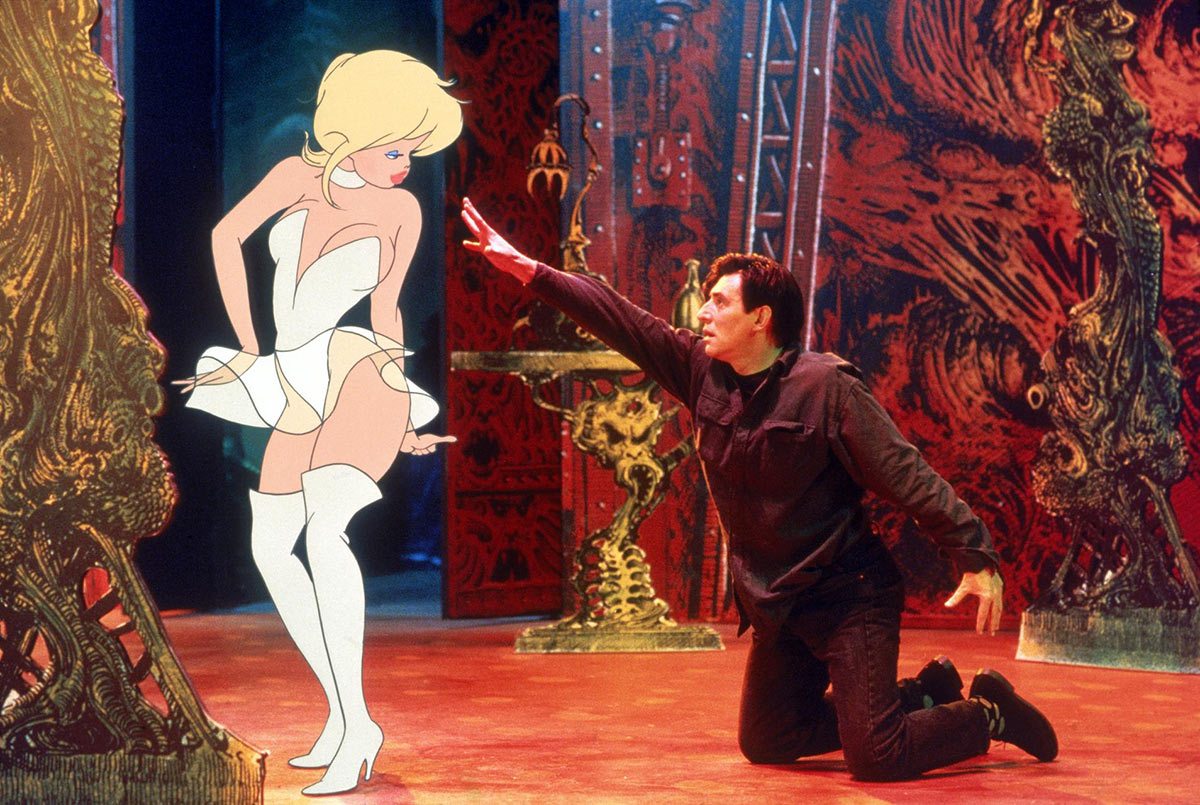
As time passes, the appreciation for Cool World as one of the early examples of live-action/animation hybrid seems to have grown…
Ralph Bakshi: Yeah, all of the stuff that we tried so hard to accomplish ended up being copied by computers. CGI is a very sophisticated form of rotoscoping, which I was ridiculed for using in Lord of the Rings. That film couldn’t have been made in any other way, and it still holds up pretty well.
But I had fun with the animators on Cool World, because I love animators, and I am an animator. That’s always a good sign. And because no one at Paramount knew what we were doing, because they weren’t animators. They couldn’t tell us what to do, because they didn’t know how to do it. And even if they told me, I did it my own way anyway. [laughs] They didn’t know what the hell was going on.
What do you recall about the complexity involved in merging animation and live-action?
Ralph Bakshi: Well, we had a budget that was modest for its day, and for what I was trying to do. So it felt like something of a breakthrough when we painted normal backgrounds on a desk, and then blew them up and pasted them on plywood sets that actors could walk around in. It was an amazing breakthrough because of the cost; I couldn’t afford to build real sets. So the idea of blowing them up to create all the buildings really worked, because it allowed me to proceed to shoot the film, without having to matte all the backgrounds in, which I couldn’t afford either.

I really enjoyed that part, and I’ve often thought about it. That simple process afforded me a certain degree of control, and helped me complete the production. I wasn’t sure it would work after we built the first one. My mouth dropped open, because suddenly there it was. The cameramen would light the backgrounds in a certain way, and it would have depth to it.
I enjoyed that a lot, especially while working with the guys from CalArts, because it was all new to them, and I could watch them grow. The hand-inking and coloring, especially on Holli Would, was superb. I enjoyed being able to at least get the quality I wanted on the cel animation, which I hadn’t been able to do on my earlier films, because of money. I have a lot of those cels at home, and when I look at them, I’m really quite pleased with their quality.
But the casting was so off-base for what I wanted. I think Kim Basinger is a great actress, but she wasn’t the kind of girl that Tex Avery had. Again, all very good actors, but some were not believable for the film. And the scene with Frank Sinatra, Jr. didn’t sit too well with me, because I originally wrote it for a dirty western bar.
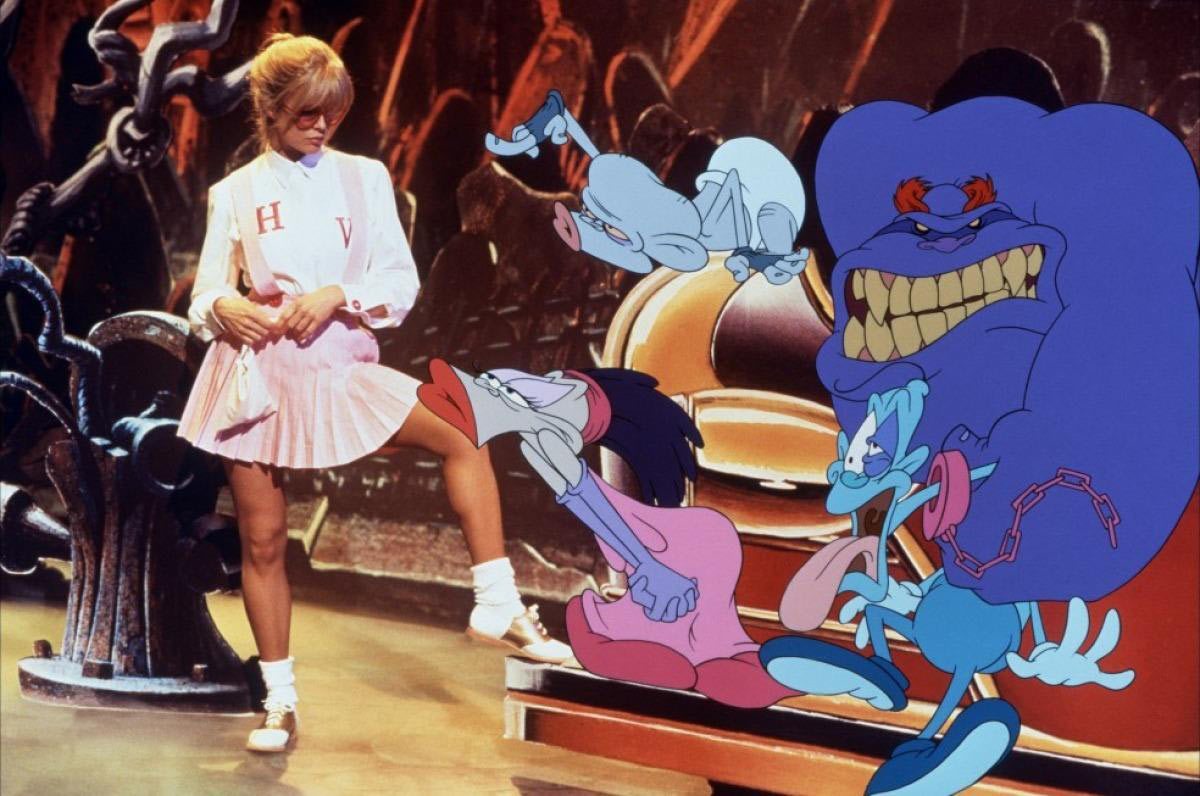
The extras that were in the film were all cleaned up, and I didn’t understand how that was possible, that Paramount didn’t see the righteousness of my ways. [laughs] You know, that’s a hard blow. How do they do that to a guy who made Fritz the Cat, Coonskin, and Heavy Traffic? Why did they hire me? But I had a good time, and I’m very happy with it now.
Frank Mancuso, Jr. — son of Frank Mancuso, who ran the [Paramount] studio — was disliked at the studio before I even showed up. I’m not saying they were right or wrong, but everywhere I went, they disliked the boss’ son — maybe because he was the boss’ son. That may have been reason enough. Mancuso Jr. got fired a couple of months before the film was finished; they went after him with a sledgehammer, and the distribution on the film was destroyed. But every time I turn around, I get those kinds of breaks. That’s what bothered me in the early days, the horror of it all, but now I’m glad I worked on it.
It fits within the continuity of struggle you’ve had making films throughout your career.
Ralph Bakshi: It’s interesting, and I’m not bragging, but there was a beautiful vinyl soundtrack recently released for Wizards, and the film is screening in Portland. They’re screening Heavy Traffic in New York next month, and Fritz the Cat is screening in Los Angeles soon. My pictures have not stopped playing, and these are low-budget films. My mouth drops open. Now, I have all these kids who have just discovered my films calling me, and they all think I’m dead! [laughs]
Cool World was your last feature. Any thoughts on another?
Ralph Bakshi: I don’t want to direct another feature; I can’t. Although, I have just written a musical, and I’d also love to drop off some ideas at animation companies, maybe work as a mentor for young animators. Because I do miss the animation studio, although I hear things are not the way they used to be, so I may be in for a shock when I show up.
But I do have some ideas to pass onto the studios. I miss hanging around with animators; it’s rare for me to talk to anyone in the animation business, because everyone I knew there has died. I’m the last man standing.
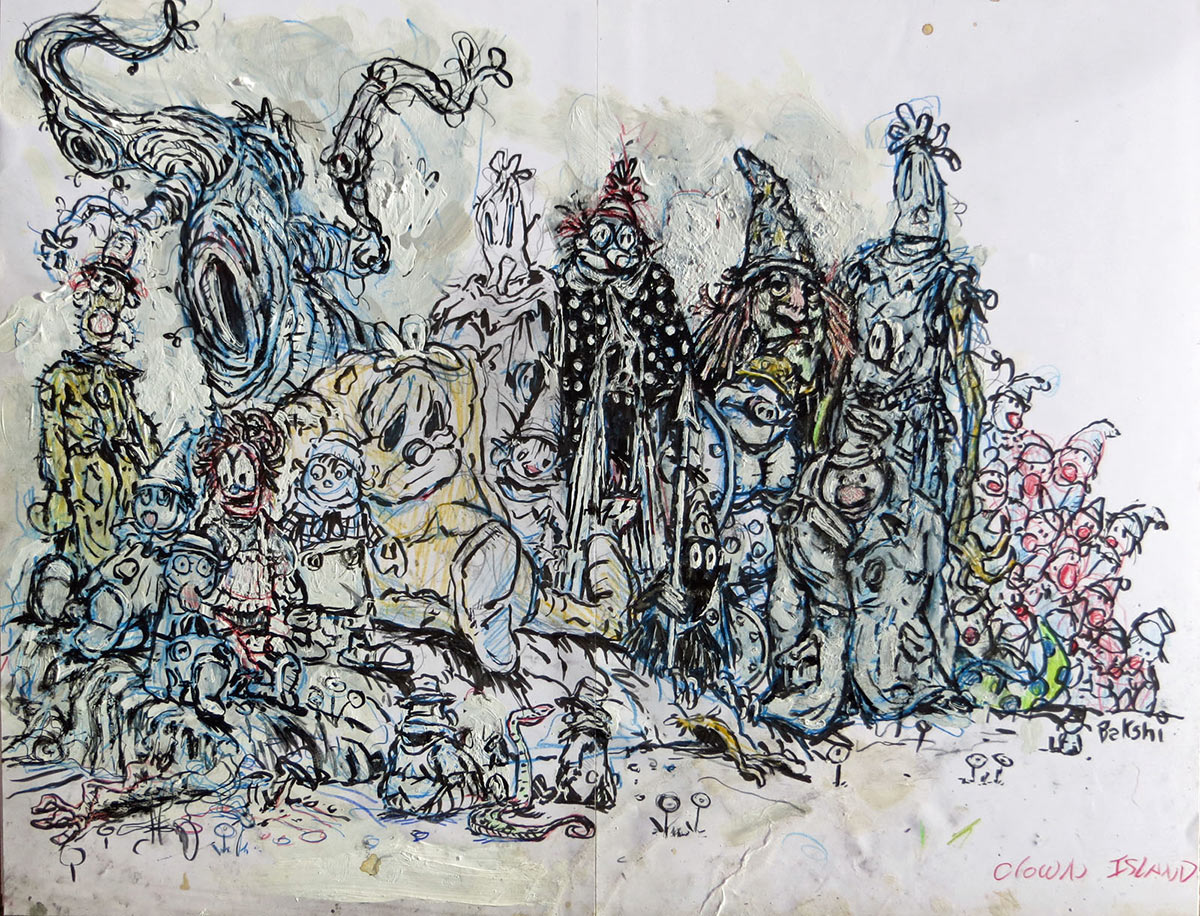
I listed all of the animators who worked for me, who I loved very much, at the end of The Last Days of Coney Island, as an homage. Every one of those guys is gone. Some of the greatest animators to walk the Earth, who worked on shorts for Warner Bros., Disney, and MGM, are all gone, and I’m not sure some of these new kids know who they were.
It’s a pretty rough road. I loved them very much, and they were so professional. The work they did with no money and no pencil tests, which is how all those early films were done, is unbelievable. And they wanted to do it; they went right to camera without pencil tests. But look at their work! What they did is so much a part of what is still playing out there. It’s amazing. They were brilliant short animators: Virgil Ross, Bob Carlson, Manny Perez, and more. My films would be shunned today if these guys didn’t animate them. Whatever luck I’ve had in this business has to do with my animators.

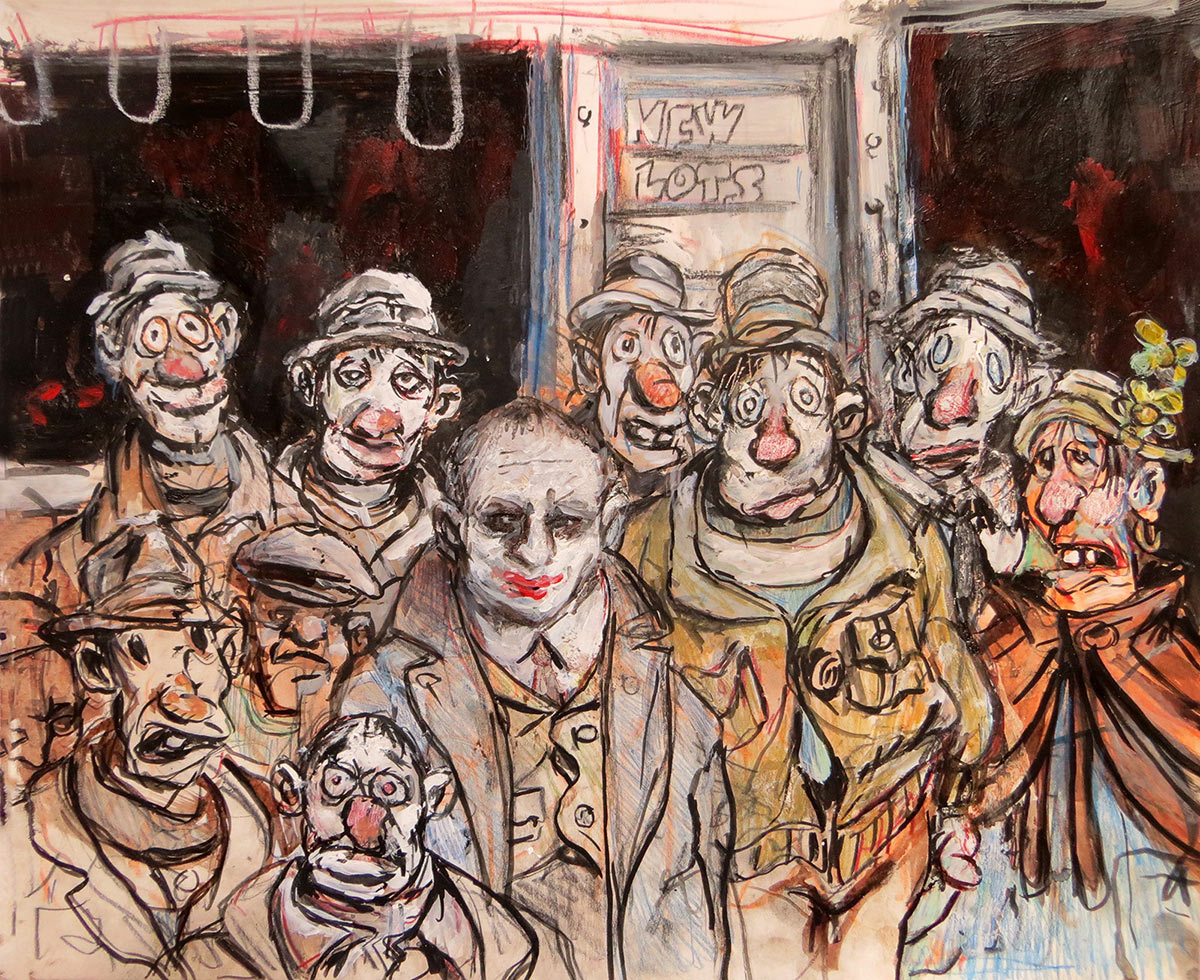
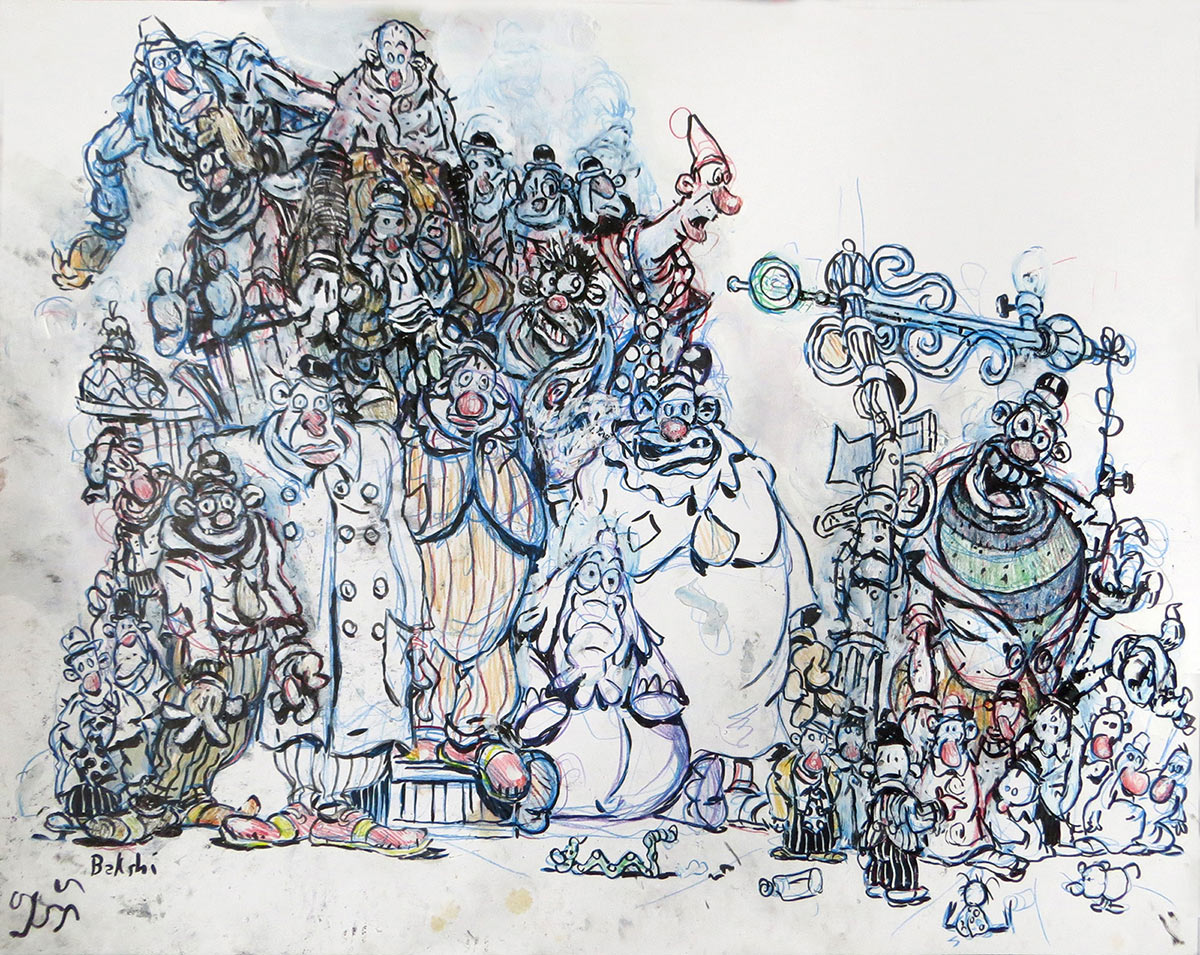

.png)